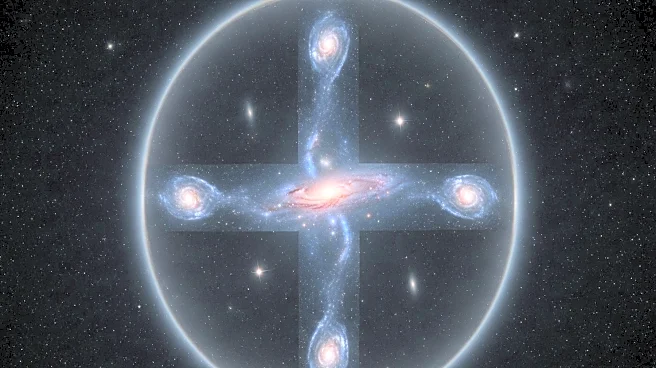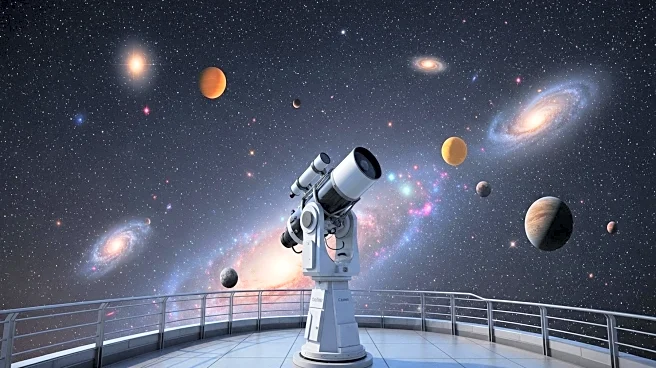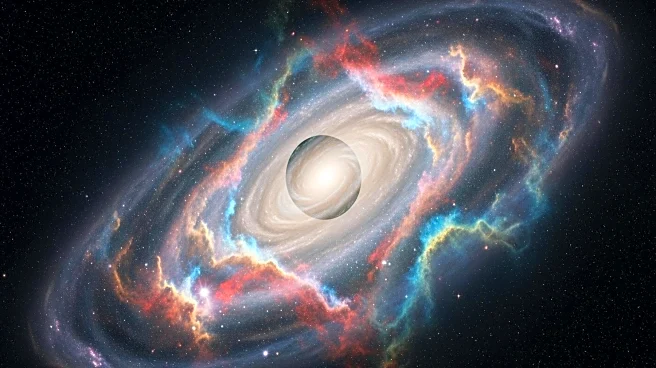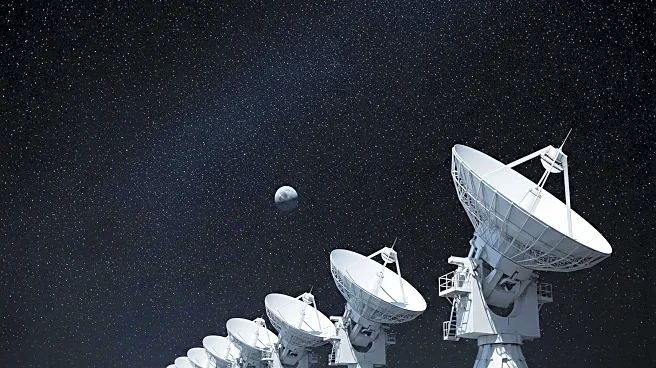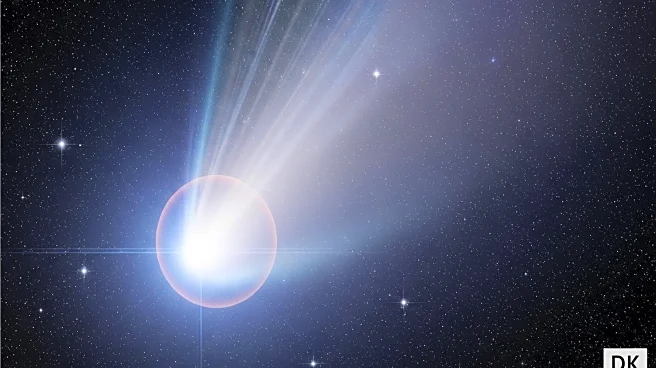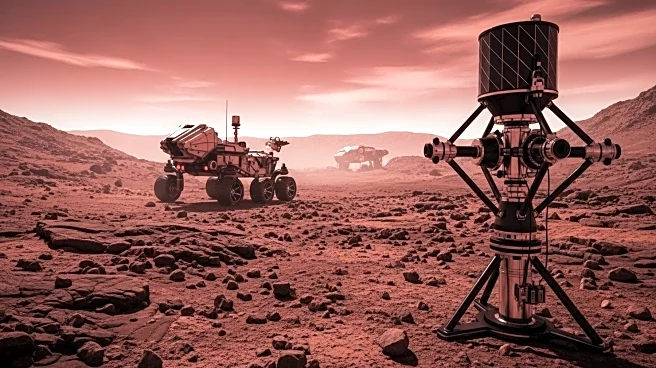What's Happening?
NASA has officially confirmed the existence of over 6,000 exoplanets, marking a significant milestone in the field of astronomy. This achievement comes after nearly 30 years of exoplanet hunting, reflecting an exponential rate of discovery. The diversity of these planets, ranging from lava-covered orbs to gas giants, is helping scientists understand the conditions under which planets can form and how common Earth-like planets might be. This announcement coincides with the 30th anniversary of the discovery of the first exoplanet around a sun-like star, highlighting the progress made in the search for 'other Earths'.
Why It's Important?
The confirmation of 6,000 exoplanets is a major step forward in understanding the universe and the potential for life beyond Earth. This discovery enhances our knowledge of planetary formation and the likelihood of finding Earth-like planets. It also underscores the importance of continued exploration and research in the field of astronomy, as scientists seek to answer fundamental questions about the existence of life elsewhere in the universe. The milestone reflects the success of international collaboration and technological advancements in space exploration.
What's Next?
NASA and other space agencies will continue to explore and study these exoplanets to gather more information about their characteristics and potential habitability. Future missions may focus on identifying planets with conditions similar to Earth, which could support life. The ongoing research and technological developments in space exploration will likely lead to further discoveries and insights into the universe's mysteries.



